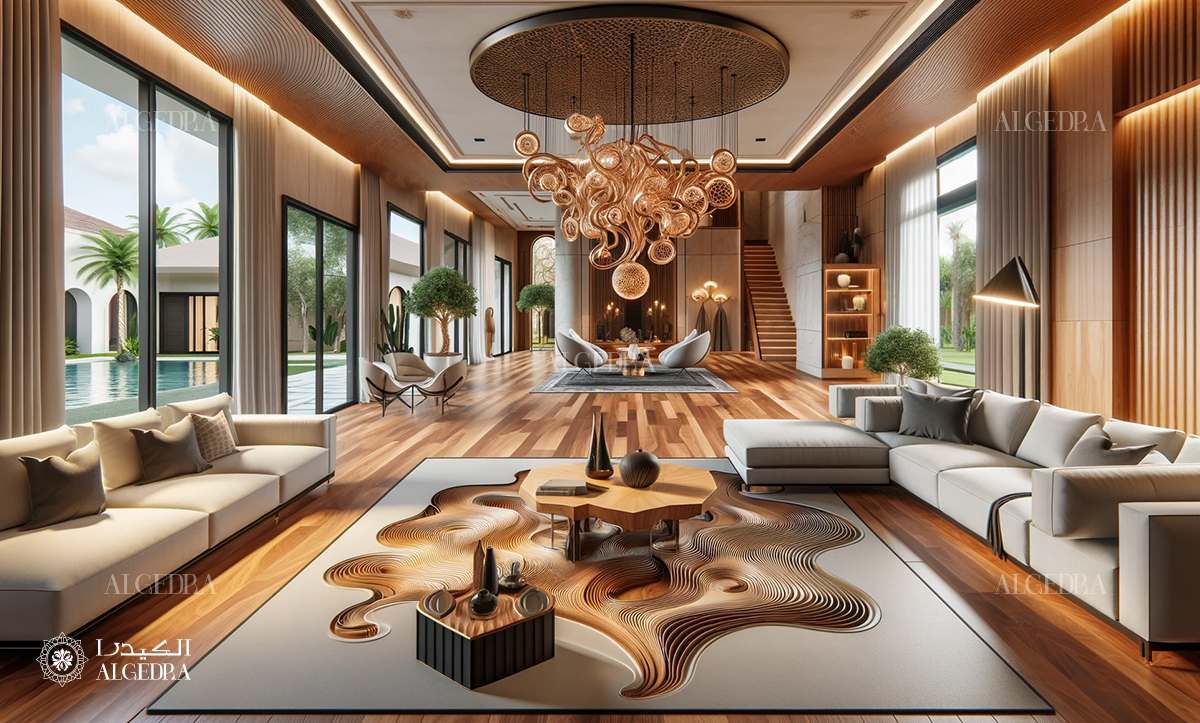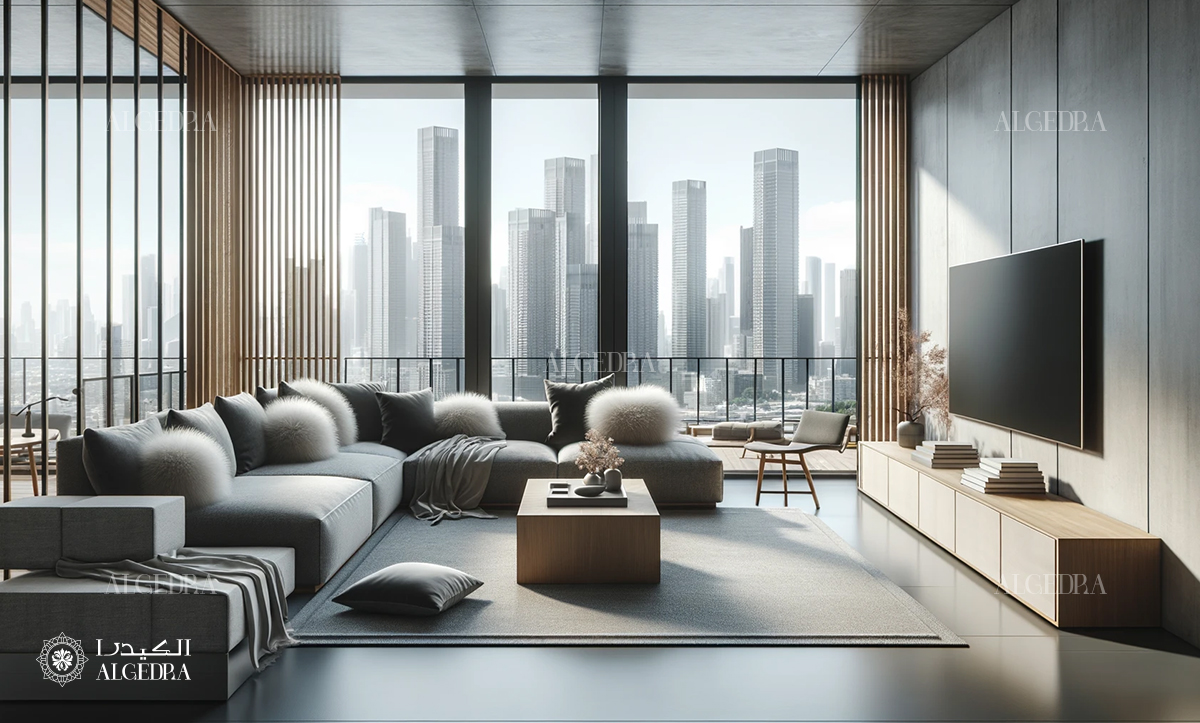Digital fabrication, involving processes such as 3D printing, CNC milling, and laser cutting, has not only changed how furniture is designed and produced but also expanded the horizons of creativity and customization.
While it presents challenges, particularly in terms of costs and skill requirements, its benefits and potential for future development make it an exciting and indispensable part of the modern furniture design landscape.
This article explores the impact of digital fabrication in the furniture design sector, highlighting its benefits, challenges, and future prospects.
The Rise of Digital Fabrication in Furniture Design
Digital fabrication technologies have ushered in a groundbreaking shift in the furniture design industry, marked by precision, heightened efficiency, and an unprecedented scope for design innovation.

These technologies empower designers to create intricate and elaborate shapes, some of which would be extremely challenging or downright impossible to achieve through traditional woodworking techniques.
Key Technologies:
3D Printing: Enables the creation of complex, lightweight structures and geometries. Furniture designers are now experimenting with various materials, from plastics to metal alloys, to create innovative and sustainable pieces.

CNC Milling: Computer Numerical Control (CNC) milling machines have transformed woodwork, allowing for precise cuts and engravings. This technology is particularly valuable in producing custom and batch-produced furniture.

Laser Cutting: Offers high precision in cutting and engraving a wide range of materials. It is especially useful for intricate designs and patterns.

Advantages of Digital Fabrication
1- Enhanced Creativity and Design Flexibility
Digital fabrication has removed many constraints of traditional manufacturing, enabling designers to experiment with forms and structures that were previously unimaginable. This creative liberation has led to the development of unique, avant-garde furniture pieces.

2- Customization and Personalization
These technologies have made it easier to customize products according to individual customer preferences. Digital tools allow for easy modifications in design, making bespoke furniture more accessible to a broader audience.

3- Efficiency and Sustainability
Digital fabrication can optimize material usage, reducing waste during the manufacturing process. Moreover, the ability to produce furniture on demand reduces the need for large inventory stocks, contributing to a more sustainable production model.

Challenges and Considerations
Despite its advantages, digital fabrication in furniture design faces several challenges. The cost of high-end machines and materials can be prohibitive for small-scale designers and workshops. Additionally, there is a learning curve associated with mastering these technologies.

Moreover, the tactile and artisanal qualities of traditionally handcrafted furniture are challenging to replicate with digital methods. This factor often leads to debates about the loss of craftsmanship in the digital age.
Future Prospects
The future of digital fabrication in furniture design is promising, with ongoing advancements in technology. We can expect further integration of AI and automation, leading to even more efficient and innovative design processes. Additionally, the exploration of sustainable materials and eco-friendly processes is likely to be a major focus.

The development of more user-friendly software and affordable machinery will also democratize these technologies, making them accessible to independent designers and small studios.
Conclusion
Looking ahead, digital fabrication is evidently more than a passing fad; rather, it represents a fundamental change in the way we conceptualize and make furniture, opening up the possibility of a time when our imaginations will be our sole restriction on design possibilities.
